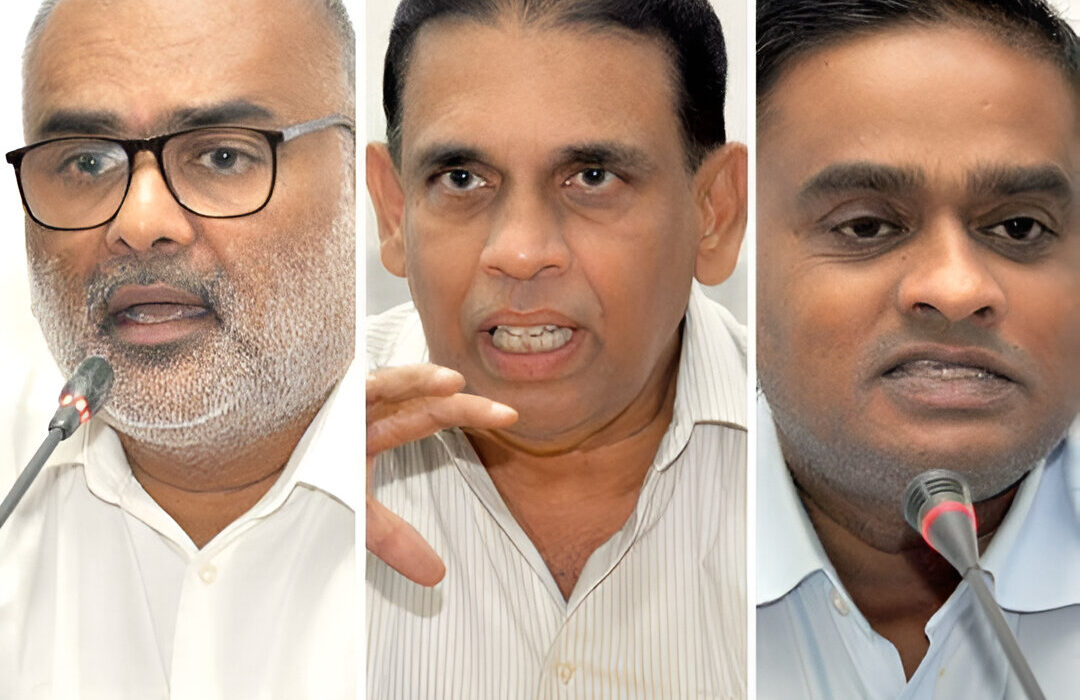The Sri Lankan tourism industry is embroiled in a heated debate regarding the recently implemented Minimum Room Rates (MRR). While the Sri Lanka Tourism Development Authority (SLDA) views MRR as a positive step, tourism associations are strongly opposed, claiming it stifles growth and hinders the industry’s recovery.
Proponents of MRR, including a group of city hoteliers, argue that it benefits the industry by generating higher tax revenue and ensuring a level playing field. The SLDA Chairman believes it has improved the overall well-being of the sector, allowing establishments outside Colombo to adjust rates and benefit the economy.
However, tourism associations vehemently disagree. They claim that MRR has led to a 40% loss in additional occupancy and could lead to the industry’s collapse. They criticize the policy for being implemented at the behest of “a cartel of lazy hoteliers” who are unwilling to improve their offerings to compete in the market.
Several key arguments support the associations’ position. Firstly, they assert that supply and demand should dictate market rates, not government intervention. Secondly, they believe MRR has negatively impacted Sri Lanka’s competitiveness, particularly with price-conscious markets like India. This has resulted in a significant decline in Indian business and conference tourism (MICE).
Furthermore, the associations argue that comparing tourism figures to pandemic-impacted years is misleading. The real benchmark should be pre-pandemic years, where Sri Lanka had a wider range of room rates catering to diverse clientele. With MRR, they believe Sri Lanka is outpricing itself compared to regional competitors in the Middle East and Asia.
The associations also raise concerns about the impact of MRR on attracting high-net-worth tourists. They emphasize the need for a variety of accommodation options to cater to different budgets and preferences. Additionally, they highlight the importance of infrastructure and activities beyond hotels for a destination to thrive.
In conclusion, the debate surrounding MRR highlights the complexities of reviving Sri Lanka’s tourism industry. While the policy aims to generate revenue and stabilize the sector, it appears to be hindering growth and competitiveness. Moving forward, Sri Lanka must carefully consider the long-term implications of MRR and prioritize strategies that enhance the overall tourism experience for a wider range of visitors.
